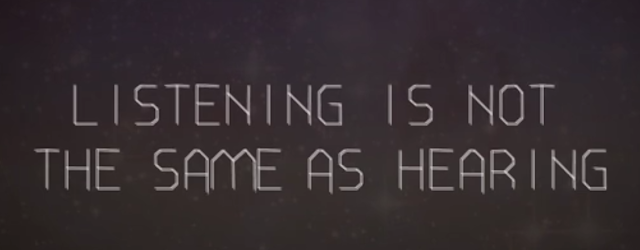Well, I encountered a useful German word, displayed here. I am not sure English has an exact equivalent. I am also not certain that this German word existed or had any currency before 1945. But the concept sure seems a good one -- for modern Germans and most certainly for us here in the dangerous, fading U.S. empire.
More generally, this course presented concepts of heroism changing over time. From an initial romantic martial jingoism, the picture of the hero morphed to celebrate ordinary soldiers doing their dreadful duty in the trenches and on to including civilians, even women, simply doing the work of carrying on at home. The faculty from the British University of Leeds made an effort that I found heroic to introduce participants to the difficult truth that what we see in history says as much about the time and place from which we are looking as about the factual fidelity of what we observe.
What remains interesting through it all is our strong human drive to find "heroism" in someone. We apparently need heroes. I think the Left needs to remember that people need heroes, even as we tend to be questioning of individuals who stick their heads up from among the group.
I've commented in a previous post about the enthusiasm with which the Brits are taking up the WWI centenary commemorations. After the Scotland referendum, in a country going into elections in May, these emotions are a force, though for what I have little clue.
What worked very poorly for me was the attempt to encourage student dialogue through a long sequential comment section after each exercise and topic. I just don't have the tolerance to read 70 or 80 comments looking for the few that inspire threads I might care about. There was a technical capacity to "follow" certain commenters, but even that would have required reading through vast numbers of contributions to find those few to follow. I wasn't willing to commit the time.
I wonder if the software to could be programmed to assemble random, but diverse, small groups of participants based on profiles we might submit before the course began. People who didn't want to engage with fellow students could opt out, but those who wanted this online conversation could be grouped in manageable size "sections" within which to have some back and forth. I see no technical bar to such an arrangement. Of course, maybe it has been tried and works even less well.
Like any educational effort, you get out of a MOOC what you put into it. This course took time, far more for me than the four hours a week the organizers suggested it might need. I don't know whether this was the case because I brought a fair amount of background to it or was just what it took to get something out of it.
Much of the course involved visual material. Several hour-long video discussions among the faculty were some of the most interesting parts to me -- these were "extras" but, for me, critical for advancing my understanding. There may be life in the old fashioned lecture format yet.
We were asked to assemble visual collections of our own, exercises that grabbed me less. You can see my annotated war memorials here and some war paintings from a BBC collection I selected and commented on. I probably didn't put as much into these exercises as I might have because the MOOC format meant I'd get no feedback on the exercise.
Would I do this again? I've signed up for the same program's course on "Paris 1919 -- A New World" which reassesses the legacy of the peace conference. I'm sure I'll post on that topic sometime in July.

































